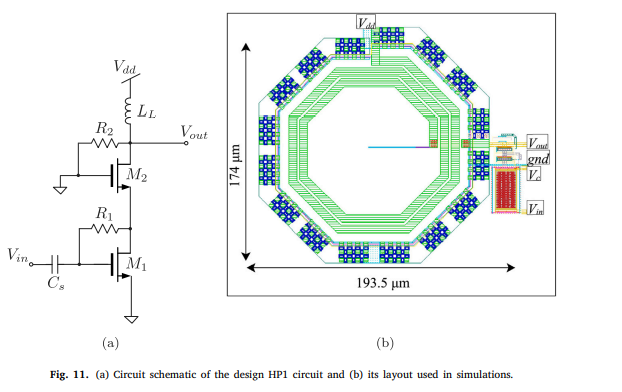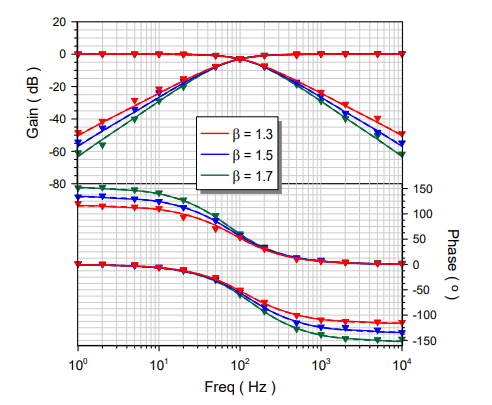Breadcrumb
CdS nanowires encapsulated liquid crystal in-plane switching of LCD device
Well-defined ultra-thin ‘wire’ like cadmium sulfide (CdS) nanostructures have been synthesized by applying simple cost-effective hydrothermal route. The content of nanostructures modifies the nature of surface interaction between two liquid crystal (LC) components as revealed by optical and electrical investigation. Those synthesized nanowires have an average diameter of about 7–10 nm and length up to several micrometers region. A possible mechanism has been proposed and the addition of cataionic surfactant cetyltrimethylammonium bromide (CTAB) into the two mixed-solvents would play an important role on the growth dynamics of the desired product. Those CdS-nanowires dispersing LC was found a remarkable signature on the nucleation and provides a more fundamental approach to modify the crystallographic configuration of host nanostructures. Polarizing optical microscopy (POM) revealed temperature dependent various phases appearence in different textural patterns are the proof the significant influence of CdS nanomaterials complete homogenious dispersion with host LC-matrix. Most observed phenomena are discussed in terms of a new smectic ordering labeled as ‘Smectic X*’, which is sandwiched between the traditional ‘Nematic’ and convectional ‘Smectic C*’ phases. This feature article deals with dielectric relaxations, rotational viscosity, spontaneous polarization in the smectic C phase have been analyzed. A range of remarkable responses of the capacitance with voltage in a Preisach model, fourfold dipolar species in hybrid nanocomposites matrix as well as bi-stable DC switching also offering recent breakthroughs in next generation smart display (LCD) and novel switchable device. © 2018, Springer Science+Business Media, LLC, part of Springer Nature.



